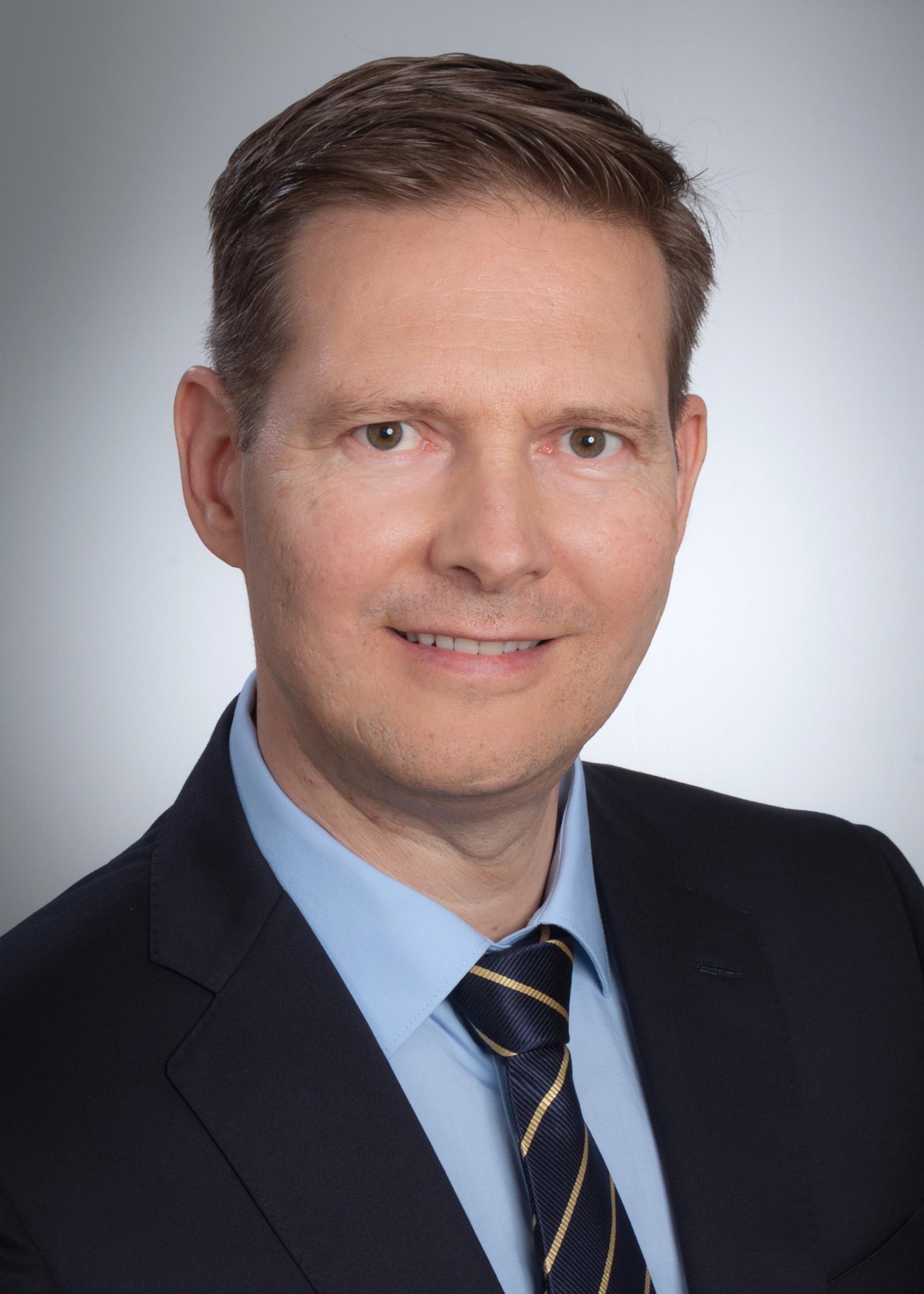
Daniel Koechler, general manager of North American Aerospace Industries Corp., a provider of aircraft recycling solutions, and its affiliate, Aircraft Solutions USA, talks about why it is establishing an aircraft teardown facility in Kinston, North Carolina.
Why did you decide to launch an aircraft recycling facility in North Carolina?
We saw aircraft around world that needed to be recycled: it’s such a massive waste of high-grade material that could to be used for so many other things. I’ve wondered why people don’t take planes apart. There is a different mentality in Europe than the U.S., which is more of a throw-away society, whereas in Europe there’s more recycling and we try to be as sustainable as possible.
What services does your company already provide?
We harvest high value parts. We’re not doing MRO: we just take the parts off the plane and give them back to the owner in as-is condition. However, we just applied for FAA Part 145 to be able to maintain the parts that we harvest. We hope to achieve that in next couple of weeks.
Why Kinston, North Carolina?
In 2018, I participated in the Select USA Summit to see which state would be the best fit for us. After speaking to at least 40 delegates from different states, we hired a company to make a tender, which was submitted to economic development agencies across the U.S. After the tender was finished, we had received 140 applications. We sized that number down until we had the last 10, then we did some site visits and figured out where we could get the best grants or incentives. At the end, Kinston made it.
When do you hope to open and how many aircraft per year could the facility recycle?
We plan to be fully operational by the fourth quarter 2021, and we’re targeting 70 aircraft per year.
What makes your strategy different than other teardown facilities or MROs that provide that service? Do you plan to follow Aircraft Fleet Recycling Association best practices?
The major difference is that we are not only tearing down the aircraft, but we are trying to upcycle as much of the materials onsite as possible, which means we’ll set up facilities around the airport to process the materials—such as aluminum, rubber and plastics--into products that are needed in the local market. As an example, we just launched a small raffle for a good cause with a shoe made from aircraft leather seats. It’s an off-white shoe with seat leather from a Lufthansa airplane, made by sneaker designer Ceeze. Another idea is to use the aluminum to make bicycles for the employees to ride from one area of the facility to another, but also for schools in the community around us.
We are working with universities and technical institutions to develop technologies to fully recycle and upcycle materials in future. Today we can upcycle up to 95% of materials from the aircraft we’re getting.
We did look into AFRA but think we can improve some process, for instance, we’re going to complete all dismantling process onsite. We’re not going to be a boneyard—we’ll be able to upcycle everything. We’ll separate all of the materials.
The facility will accommodate three aircraft simultaneously. It will be like the assembly--but in reverse, so we can be more efficient and faster. A narrowbody should take a maximum of 12 days and an Airbus A380 would take 32 days.





